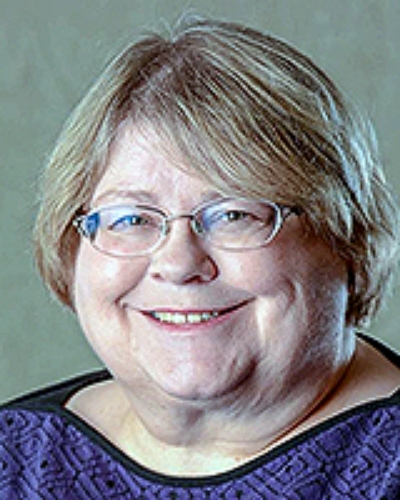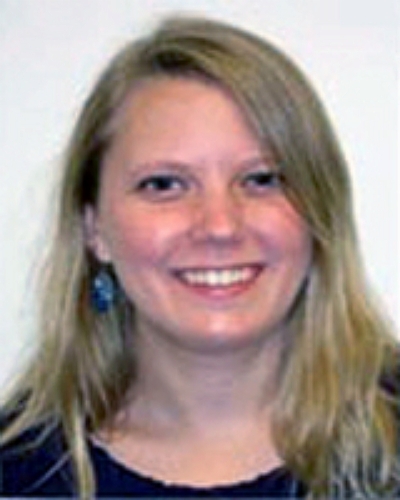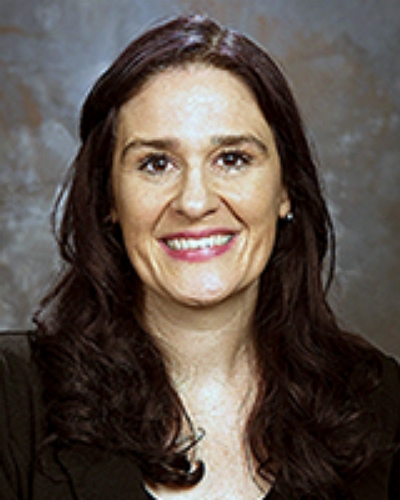Now published, see the full article 
Early Abstract:
Purpose: The potential for coordinated, multidisciplinary telehealth to help connect people with Parkinson’s disease (PD) in rural areas to PD specialists is crucial in optimizing care. Therefore, we aimed to test the feasibility, safety, and signal of efficacy of a coordinated telehealth program, consisting of speech therapy, physiotherapy, and pharmaceutical care, for people with PD living in rural communities.
Study participants: Fifteen individuals with PD living in rural Wyoming and Nevada (USA) participated in this single cohort, eight-week pilot study.
Observational and analytic methods: Participants were assessed before and after eight weeks of coordinated, one-on-one telehealth using the following outcomes: 1. feasibility - session attendance and withdrawal rate; 2. safety - adverse events; and, 3. signal of efficacy - Communication Effectiveness Survey (CES), acoustic data (intensity, duration, work (intensity times duration)), Parkinson’s Fatigue Scale (PFS), 30 second Sit-to-Stand (30STS) test, Parkinson’s Disease Questionnaire – 39 (PDQ39), Movement Disorder Society Unified Parkinson’s Disease Rating Scale – Part III (MDS-UPDRS III), and medication adherence.
Main findings: Average attendance was >85% for all participants. There were no serious adverse events and only nine minor events during treatment sessions (0.9% of all treatment sessions had a participant report of an adverse event); all nine cases resolved without medical attention. While 14 of 16 outcomes had effect sizes trending in the direction of improvement only two were statistically significant using non-parametric analyses, 30STS (pre-test median=11.0 (interquartile range (IQR)=6.0); post-test median=12.0 (IQR=3.0) and acoustic data work (pre-test median=756.0 dB*seconds (IQR=198.4); post-test median=876.3 dB*seconds (IQR=455.5), ps<0.05.
Conclusions: A coordinated, multidisciplinary telehealth program was safe and feasible for people in rural communities who have PD. This telehealth program also yielded a signal of efficacy for most of the outcomes measured in the study.





